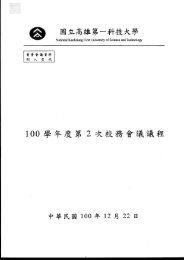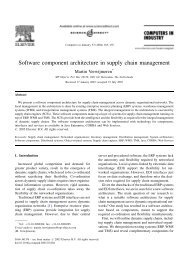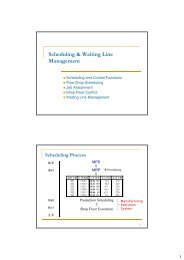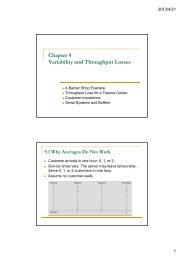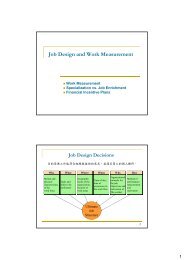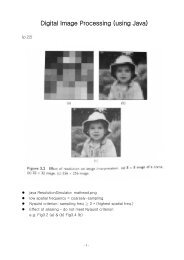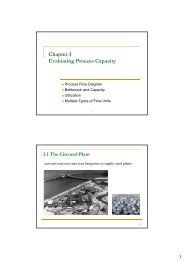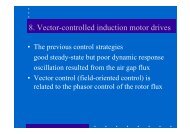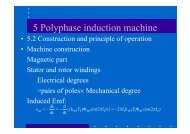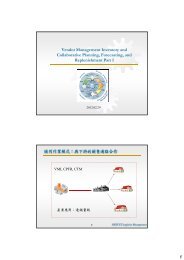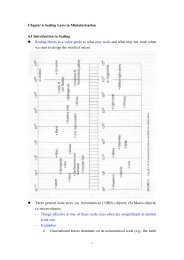Chapter 7 Variability and Waiting Time Problems Part II
Chapter 7 Variability and Waiting Time Problems Part II
Chapter 7 Variability and Waiting Time Problems Part II
Create successful ePaper yourself
Turn your PDF publications into a flip-book with our unique Google optimized e-Paper software.
<strong>Waiting</strong> <strong>Time</strong> for Multiple, Parallel ResourcesUnder the assumption thatFlow rate 1/interarrival time 1/ a pUtilizatio n = == = < 1Capacity m × (1/ activity time) m/p a × mwe approximate the average waiting time as2( m+⎛ Activity time⎞⎛= ⎜⎟× ⎜utilization<strong>Time</strong> in queue⎝ m ⎠⎝ 1−utilization1) −12⎞ ⎛ CVa+ CV⎟×⎜⎠ ⎝ 22p⎞⎟⎠5Service Levels in <strong>Waiting</strong> Systems1Fraction ofcustomers who 0.8have to wait xseconds or less0.60.4<strong>Waiting</strong> times for those customerswho do not get served immediatelyFraction of customers who getserved without waiting at all0.2<strong>Waiting</strong> time [seconds]00 TWT 50 100 150 200Target Wait <strong>Time</strong> (TWT) depends on your market position<strong>and</strong> the importance of incoming calls for your businessService Level = Probability{<strong>Waiting</strong> <strong>Time</strong>≤TWT}90% of calls hadto wait 25seconds or less6



